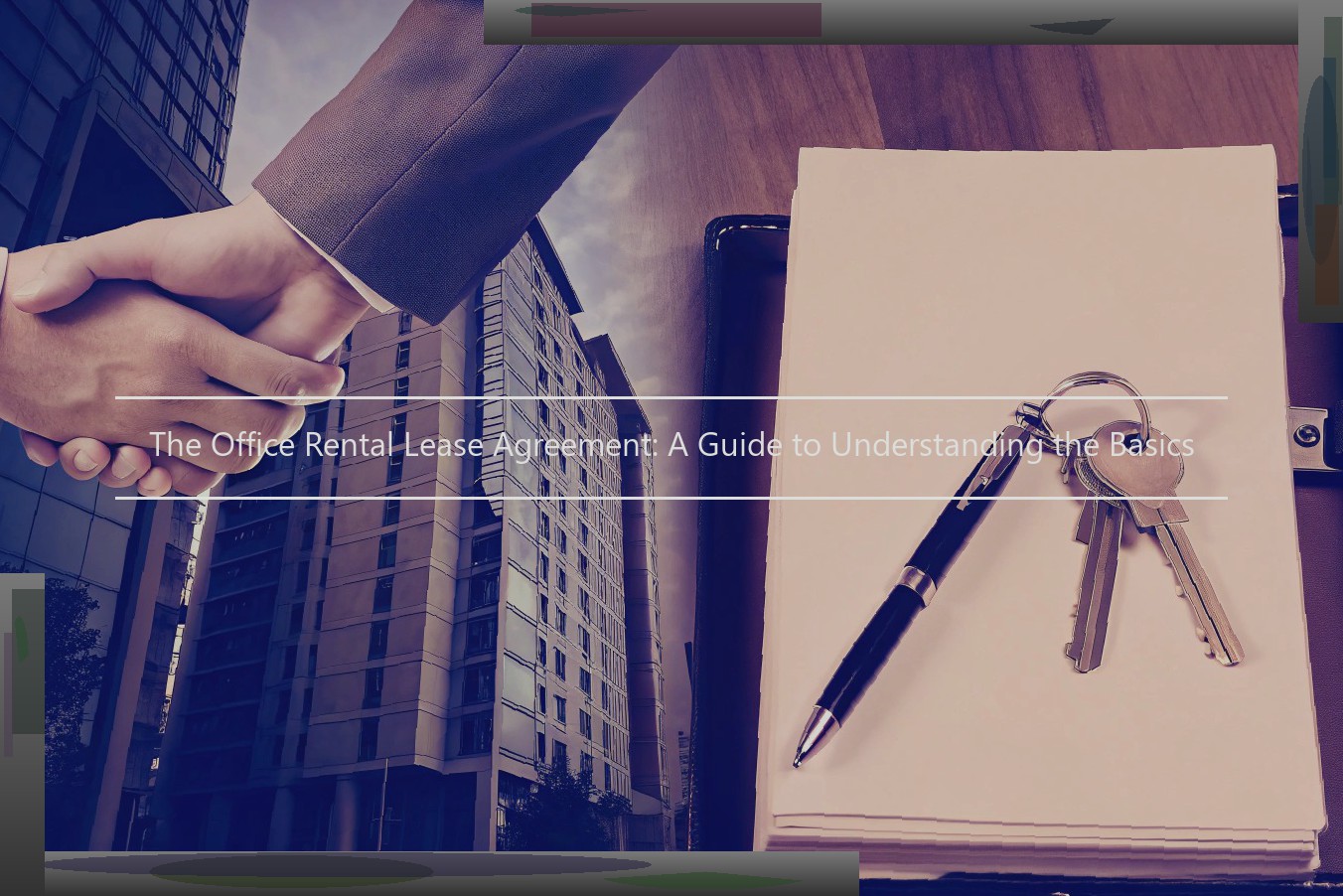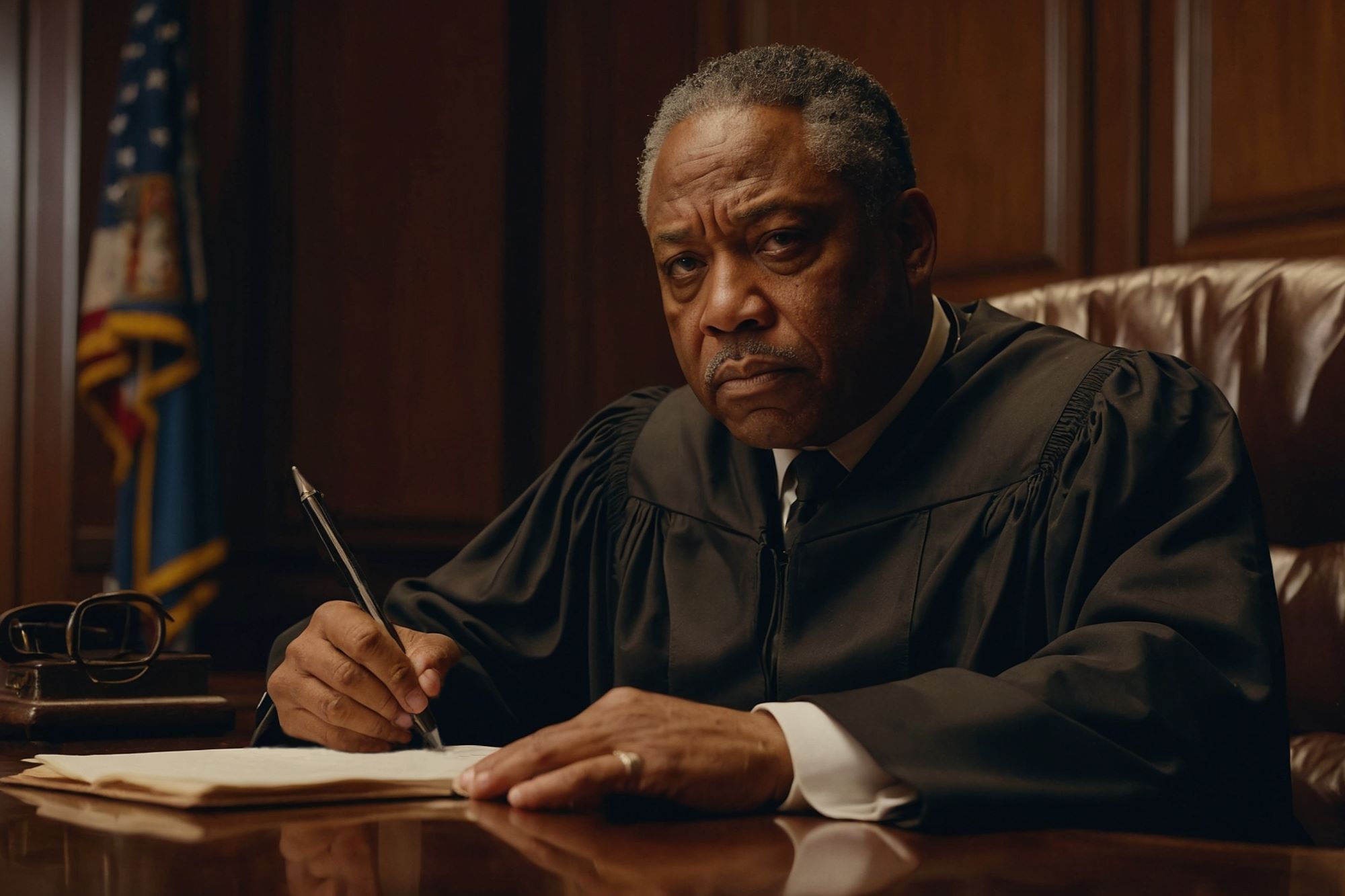The Office Rental Lease Agreement: A Guide to Understanding the Basics
What is an Office Rental Lease Agreement?
An office rental lease agreement is a legally binding contract between a landlord and a tenant for the leasing of commercial office space. While there are many features that are common to all leases, the terms of each office rental lease agreement can differ substantially from one property to the next. There are many different factors which cause these differences in lease agreements, including the state in which the property is located, the property owner’s policies and regulations and the wants/needs of the landlord and tenant.
The largest group of office tenants generally comes from the small business sector. These small businesses may be looking to lease office space for a few months while they create and execute a business plan, or they may be looking to lock in a long-term lease. These tenants will usually look at two main items when considering an office rental lease agreement, the length of the lease and the amount of rent. After these two items are agreed upon and the lease is signed, the tenant has entered into a long-term obligation which may affect their company for years to come. Office rental lease agreements represent the largest single financial obligation most office tenants will make in terms of cash outlay. The majority of tenants do not have the financial resources available not to follow the letter of the lease agreement . That being said, it is always important to realize that the agreement is really what both the landlord and the tenant have available for reference on how the relationship continues to exist after its execution.
For the landlord, an office rental lease agreement can be an even larger investment, especially if the landlord has decided to make major changes to the property in anticipation of the new tenant. For example, if a landlord has invested hundreds of thousands of dollars making alterations to a property, which may include infrastructure such as mechanical, electrical, and plumbing systems, then the landlord will want to ensure that they have a reliable tenant for a long period of time, insuring that their investment has a chance to pay for itself. If, however, the landlord simply is reorganizing space and making minor alterations or improvements, then it is likely that the landlord will be concerned with rent rate, but less so with the period of time.
Most large office buildings will have a property manager on-site and will provide general information relating to the property and the surrounding area. A representative from the property management office should be able to provide information on nearby restaurants, local transportation, parking and security services. In addition, the property management should provide information about leasing within the property, including the lease application process, rental rates and utility charges.

Fundamentals of a Lease Agreement
The lease agreement between the lessor and the lessee provides for the terms and conditions of the lease and details the obligations of both parties.
While the specific terms can vary widely depending on the nature of the property, the parties and the purpose for which the property is leased, there are several elements that are typically included in an office rental lease agreement.
For example:
• Lease term, lease commencement date and lease termination date
• Rental details, including the amount of monthly rent, payment method and possible rent increases or adjustments
• Security deposit provisions
• Maintenance and repair obligations, limitations on alterations and improvements
• Maintenance of common areas and shared facilities, if any
• Parking provisions, if any
• Insurance requirements
• Permitted use of the property and restrictions, if any
• Rules and regulations applicable to the property and/or other tenants
• Utilities provisions, if applicable
• Parking provisions
• Signage provisions, if applicable
• Renewal and termination provisions
• Operational hours and rules pertaining to access
• Provisions concerning a failure to pay rent and a default after written notice is given to the lessee
• Condemnation provisions, if applicable
• Lawyers review and approval
• Rights of first refusal, if applicable
Keep in mind that these are only general guidelines so you should contact your lawyer to obtain personalised advice if you’re unsure whether or not a particular clause is necessary or appropriate.
Various Types of Office Lease Agreement
There are different types of office lease agreements available. The following are the more common options:
Full-Service Leases
A full-service lease includes all fees (utilities, janitorial services, parking, maintenance, property insurance and real estate taxes) in the base rent. This type of agreement usually sets the rent based on a "fully serviced" square footage rate which is inclusive of all or most operating expenses.
The advantage to the tenant is the certainty offered by the expense-prohibiting rent. The utility costs, maintenance and janitorial services are also typically covered in the rent. Additionally, expenses are not passed on to the tenant on an "as incurred" basis as with other lease types.
One disadvantage to the tenant is the potential for miscalculation of the expense budget. This can result in significant excess rent being overpaid through the course of a lease term. Full-service leases are often negotiated as gross leases, and landlords require the tenant to pay additional expense reimbursements when actual expenses exceed the budgeted amounts.
Net Leases
Net leases are generally best for tenants who occupy free standing space, particularly retail users. These leases generally require the tenant to pay a greater portion of the property expenses. The advantages of net leases include obtaining a lower rental rate in exchange for the assumption of greater risk from the tenant. In most instances, the landlord has less risk that the tenant will fail to pay its bills. The net lease also often provides that the expense reconciliations will be settled on a quarterly or monthly basis. In this instance, there is far less chance that the budget will be "off" for an extended period of time since the over- or underpayment will be reflected in the next bill, if not sooner. Net leases can be gross instead by similar lease types. The disadvantage to the tenant is that it receives no protection in the event of additional expenses being incurred beyond those budgeted that are not controlled by the tenant.
Modified Gross Leases
A modified gross lease is one in which a portion of the expenses are passed through to the tenant. This is negotiable in many instances. An advantage to this type of lease is that the tenant obtains some control over its expenses while receiving relatively clean reporting from the landlord. One strong disadvantage is the necessity of estimating the amount of the pass-through charges.
Negotiating Office Lease Agreement Terms
Once you have found the right space, it is time to begin the task of negotiating a lease with the landlord. Office rental leases are lengthy and complicated documents. Because lease terms can vary widely, it is beneficial to have an attorney experienced in commercial leasing review the lease and help you negotiate the terms. Even after you have conducted due diligence, there are potential traps in most leases. Finding one of these traps can easily make a $25,000 savings in a lease.
Negotiating the lease with the landlord may be one of the most challenging and stressful aspects of the process. Negotiating commercial leases is both an art and a science. While a rental lease is fairly standard in its terms, there is still a lot of room for negotiation. Generally, the leased space would be improved to suit the needs and specifications of the tenant pursuant to plans and specifications. Oftentimes, there is a negotiable build-out period during which the tenant is not responsible for paying rent. This can be a helpful term for a small business that needs to reinvest its capital into building out the office space and moving employees and equipment. Even though the tenant may be responsible for the costs of the build out, vendors may offer net 30 terms for building materials or renovations. These costs are then paid for from the lease payments due from the tenant. Thus, there is little need for a small business to have to float the costs of the improvements for any significant length of time.
Other negotiable terms of a rental lease include rent increases, as well as an option to renew the lease on the same space or a larger space at the end of the lease term. A lease may also contain a provision allowing relocation of the tenant within the building in the event the landlord sees another tenant interested in occupying the leased space. Negotiating the terms is important. It is equally important to have an attorney who will ensure that the terms are included in the final document.
There are often seasonable adjustments to the lease. Many landlords will seek to lock in a lower rental rate in the first year of the lease and a slightly higher rental rate in the second year, or the first annual increase could be a percentage of the opening rental rate. In other words, if the tenant rents the space for $2,000 a month, the rate may increase to $2,100 in year 2 – a five percent increase. The landlord may be willing to accept a higher percentage of increase per year if the rent is set lower in the first year.
Many landlords will grant an option to early terminate the lease. This is helpful if a business is uncertain about whether it will grow sufficiently enough to remain in the space. Additionally, the tenant could have an option to extend the lease term for an additional period. Generally, many commercial leases have options to renew, whereas residential real estate leases do not include options. A negotiation can be 12 months prior to renewal or as far out as 12 months before the end of the lease term. Other specific dealer obligations may include signage. A landlord may seek to approve a sign for the building by the tenant. Additionally, if the business has a website or company trucks, the landlord may require approval of advertising materials. If a company has services trucks, the landlord may seek a picture of the truck and review the types of signage. Most importantly, all of the negotiated terms must appear in the final lease agreement. It is a wise practice to draft a lease covering all of your terms, submit it to the landlord, and ask the landlord to submit the document to their attorney for review. This may significantly reduce the amount of negotiating necessary for the lease.
Common Provisions in Office Leases
A typical commercial office rental lease must include the names of all parties involved, the date of the agreement, the term of the lease, the amount of rent to be paid, and the occupancy date. However, there are some clauses that are also common in an office rental lease.
Subletting: Subletting is a very common clause that can benefit both parties. For the landlord, it allows approval of the tenant’s ability to sublet the space and helps make sure the new tenant is trustworthy. For the tenant, subletting can help eliminate some of the financial burden should they need to leave the space before the original lease ends .
Alterations: Alterations typically benefit the landlord in that it can help maintain the property as well as ensure that the tenant is responsible for any removal of said alterations at the end of the lease term. From the tenant’s perspective, it allows them to make the space their own during their occupancy.
Default and Termination: Commercial leases often have a clause that addresses defaults to help the tenant stay out of litigation. This clause usually specifies what happens in the event of a default as well as what is considered a default.
Legal Issues and Compliance
The legal considerations and compliance requirements involved in office rental leases are crucial for both lessors and lessees. Zoning laws may restrict the type of businesses that can operate in a given area, dictating whether a business can legally rent a particular office space. For instance, an office space in a residential zone may be compliant for traditional office use but could be subject to limitations relating to signage, hours of operations, or employee parking.
When considering an office rental lease, it is important to ensure compliance with federal regulations, such as the Americans with Disabilities Act (ADA). Both lessors and lessees should be familiar with what enhancements or modifications are necessary to an office space to ensure it complies with the ADA before entering a rental agreement. Compliance with local ordinances contributing to community standards should also be checked, as there are often restrictions in places governing the types of activities or business conducted in a specific building or location.
It is the responsibility of the lessor to ensure that the property being rented is compliant with any pertinent zoning laws, ADA regulations, local ordinances, and more. However, the potential fines and penalties for noncompliance may be passed on to the lessee, which makes it imperative for the lessee take the time necessary to review all the terms and conditions associated with signing the lease.
Termination of Office Rental Lease Agreement
As with the commencement of a lease agreement, the leasing of office space in Melbourne also ends with the lease agreement expiring. If the parties do not take any further action once the lease agreement has expired or been terminated, their obligations under the lease will end and the tenant will be required to deliver vacant possession of the premises to the landlord.
There are otherwise a range of other ways in which leasing of office space in Melbourne can end. We’ve set out some of the more common below.
Notice of termination: Most lease agreements will specify an express termination event that will trigger a right for one or both of the parties to terminate the lease agreement. The parties will need to provide a notice to each other, in accordance with the conditions set out in the lease agreement, to terminate the lease. The period of notice that needs to be provided will vary depending on the particular terms of the lease agreement and generally, the lease agreement will be the best source of information about what is required in these circumstances . It is also common practice for tenants and landlords to agree to a "without prejudice" list of items so that neither party can use the items when negotiating with the other party to release them from the terms of the lease agreement.
Notice of intention to terminate: Another common circumstance is that the tenant may only have the right to terminate the lease agreement some time in the future (but not immediately). The lease agreement will therefore provide that the tenant needs to give a certain period of notice to the landlord in order to terminate the lease agreement at some later date. This type of termination can also happen in the context of a "notice to quit" from either party which is usually linked to the tenant’s right of renewal.
Default: The landlord may also terminate a lease if the tenant is in default. Again, the lease agreement will specify the circumstances where the tenant is in default and the process that will need to be followed by the landlord to terminate the lease.




